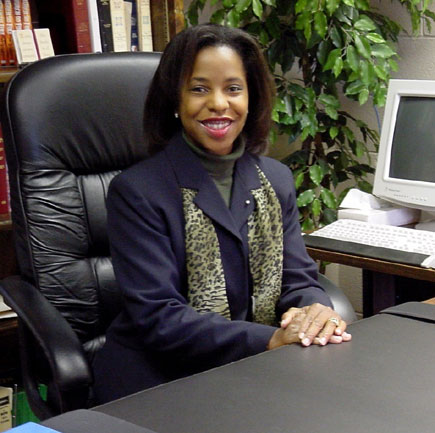Most likely you've heard that without attention, learning cannot take place. A culturally responsive learning environment is an important way to to gain attention, convey relevance, build confidence, and increase satisfaction for learners. What role does cultural diversity play in your evaluation of learning environments and instructional materials? Reeves(1997) challenged educators to be sensitive to diversity and pluralism as a value and to create learning environments that are enriched by the values inherent in various cultures. But how?
References:
Banks, J. (1994). An introduction to multicultural education. Needham Heights, MA: Allyn and Bacon.
Gay, G. (2000). Culturally responsive teaching: Theory, research, & practice. New York: Teachers College Press.
Reeves, T. C. (1997). An evaluator looks at cultural diversity. Educational Technology, 37(2), 27-31.
For a good pedagogical and theoretical background, see Culturally Responsive Teaching by Geneva Gay(2000) and Multicultural Education by James Banks (1994). I've also developed my own principles for creating culturally diverse learning environments based on my experience as an instructional designer and an educator who has taught internationally and diverse learners.
Principles for Creating Culturally Diverse Learning Environments1. Avoid a superficial, simplistic level of content integration that is normally evidenced by over-generalizations and stereotypes or a single-subject application (e.g. reading instruction only during Black History month).
2. Determine the credibility of any source to accurately represent customs, rituals, traditions and social norms of various cultures.
3. Have others share their perceptions of how closely the learning environment aligns with their history and experiences.
4. Eliminate all derogatory words and portrayals based on things such as gender, ethnicity, religion, or socioeconomic status.
5. Communicate verbally and non verbally to all learners that you care and they count by
Principles for Creating Culturally Diverse Learning Environments1. Avoid a superficial, simplistic level of content integration that is normally evidenced by over-generalizations and stereotypes or a single-subject application (e.g. reading instruction only during Black History month).
2. Determine the credibility of any source to accurately represent customs, rituals, traditions and social norms of various cultures.
3. Have others share their perceptions of how closely the learning environment aligns with their history and experiences.
4. Eliminate all derogatory words and portrayals based on things such as gender, ethnicity, religion, or socioeconomic status.
5. Communicate verbally and non verbally to all learners that you care and they count by
- setting high standards
- providing equitable learning opportunities
- providing high quality instructional materials
- utilizing various teaching strategies
References:
Banks, J. (1994). An introduction to multicultural education. Needham Heights, MA: Allyn and Bacon.
Gay, G. (2000). Culturally responsive teaching: Theory, research, & practice. New York: Teachers College Press.
Reeves, T. C. (1997). An evaluator looks at cultural diversity. Educational Technology, 37(2), 27-31.

No comments:
Post a Comment